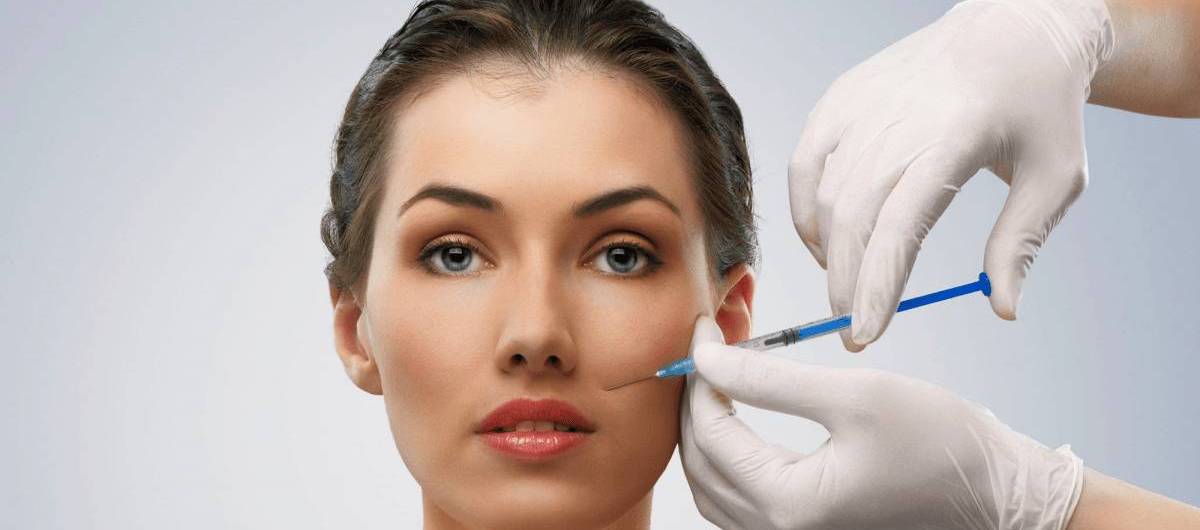Best Plastic Surgery Treatment in Rahata
Plastic surgery is used to repair and reconstruct missing or damaged tissue and skin. The main aim of plastic surgery is to restore the function of tissues and skin to as close to normal as possible. Improving the appearance of body parts is an important, but secondary, aim. Dr. Maid hospital’s plastic surgeon team is committed to delivering optimal patient care using evidence-based medicine. The Department of Plastic Surgery comprises 5 full-time consultants having varied areas of expertise. It caters to a variety of patients requiring trauma reconstruction, hand surgery, cleft care, post oncological resection, pediatric plastic surgery, burns management, and aesthetic surgery.
There are a number of Plastic Surgery procedures that men and women can choose from in order to create an image that makes them feel more confident and comfortable with their appearance. Dr. Maid Hospital’s plastic surgery department is well-equipped with special instruments for microsurgery, hand surgery, maxillofacial surgery, handheld Doppler, nerve stimulator, and state-of-the-art microscope.

When plastic surgery is used?
Plastic surgery can be used to repair:
- abnormalities that have existed from birth, such as a cleft lip and palate, webbed fingers, and birthmarks
- areas damaged by the removal of cancerous tissue, such as from the face or breast
- extensive burns or other serious injuries
- Plastic surgery can often help improve a person’s self-esteem, confidence and overall quality of life.
What are the Plastic surgery techniques?
The main techniques used during plastic surgery are:
- skin grafts: where healthy skin from an unaffected area of the body is removed and used to replace lost or damaged skin
- skin flap surgery: where a piece of tissue from one part of the body is transferred to another, along with the blood vessels that keep it alive; it’s called flap surgery because the healthy tissue usually remains partially attached to the body while it’s repositioned
- tissue expansion: where surrounding tissue is stretched to enable the body to “grow” extra skin, which can then be used to help reconstruct the nearby area
- fat transfer or grafting: where fat is removed from one area and inserted in another area, usually to correct unevenness
- vacuum closure: where suction is applied to a wound through a sterile piece of foam to draw out fluid and encourage healing
What are the risks of plastic surgery?
As with any type of surgery, plastic surgery has associated risks. The degree of risk depends on the size of the affected area, the surgeon’s level of experience, and the overall health of the person having the procedure.
Some procedures carry specific risks, but general risks include:
- pain and discomfort
- bleeding
- infection
- scarring

